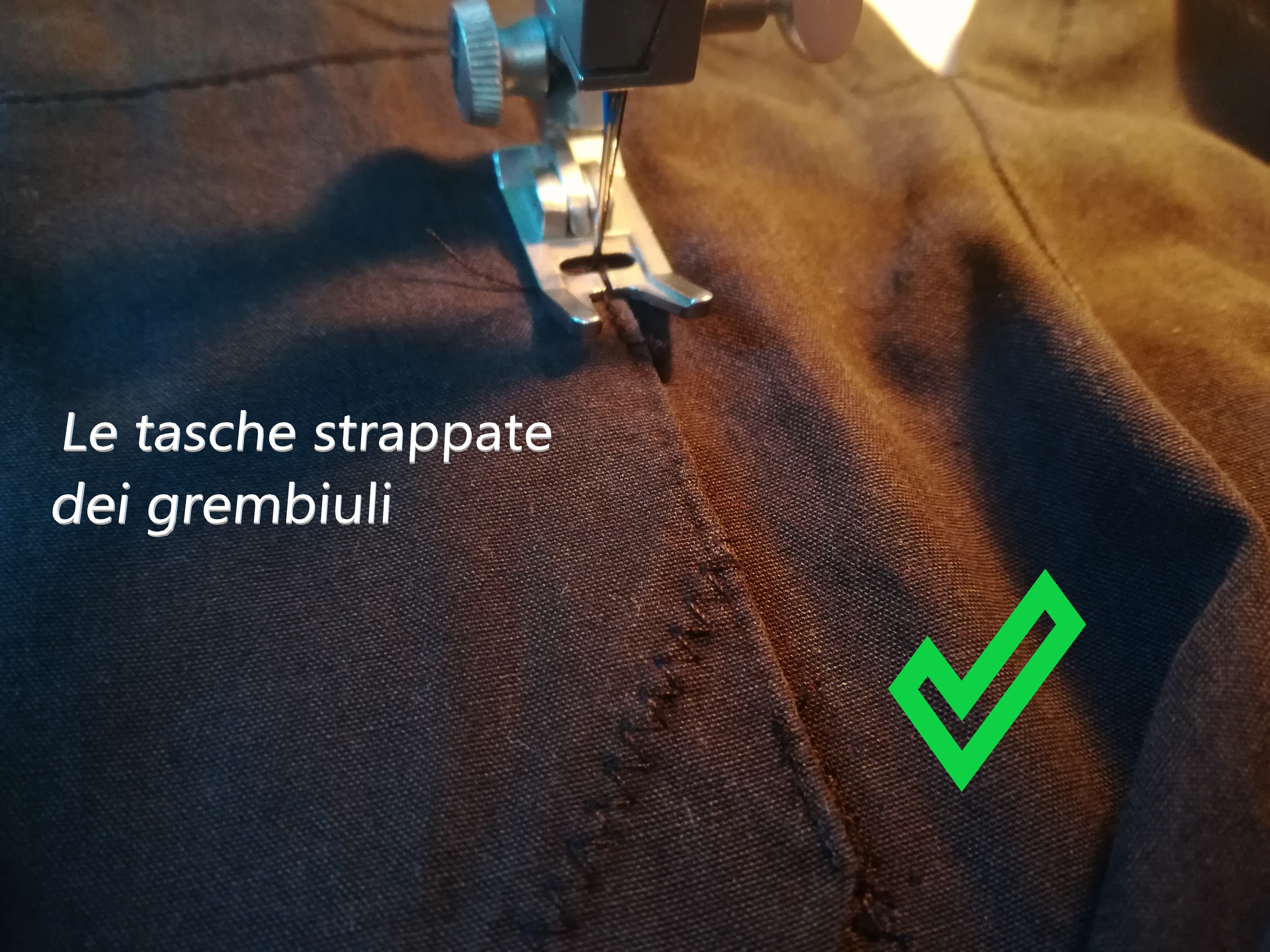School has just begun and the first pockets of the aprons begin to peel or worse to tear. But what are the reasons for this problem?
In primo luogo i prezzi dei grembiuli che si trovano nella grande distribuzione sono abbordabili un po’ per tutte le tasche ma, come ormai è risaputo, ad un prezzo basso corrisponde una bassa qualità, per cui i materiali usati potrebbero non essere particolarmente resistenti. Un buon filo da cucire non si strappa così facilmente e neanche un buon cotone. In secondo luogo l’età scolastica è una fase di estremo movimento per i bambini che espone il grembiule a sfregamento e tensioni tali da poter causare lo strappo, infatti è facile che un compagno passando possa agganciare la tasca dell’altro compagno e non volendo provocarne lo strappo.
Firstly, the prices of aprons found in the large distribution are affordable a bit for all pockets but, as is now known, at a low price corresponds a low quality, so the materials used may not be particularly Resistant. A good sewing thread does not tear so easily and not even a good cotton. Secondly, the school age is a phase of extreme movement for children that exposes the apron to rubbing and tensions such as to cause the tear, in fact it is easy for a passing companion to hook the pocket of the other companion and not wanting tear it up.
Iniziamo con la riparazione di una tasca con strappo del tessuto sottostante.
Let’s start with the repair of a pocket with tear of the underlying fabric.

If we simply sew up the pocket we do not solve the problem because on the fabric where we go to stop it there is a tear.
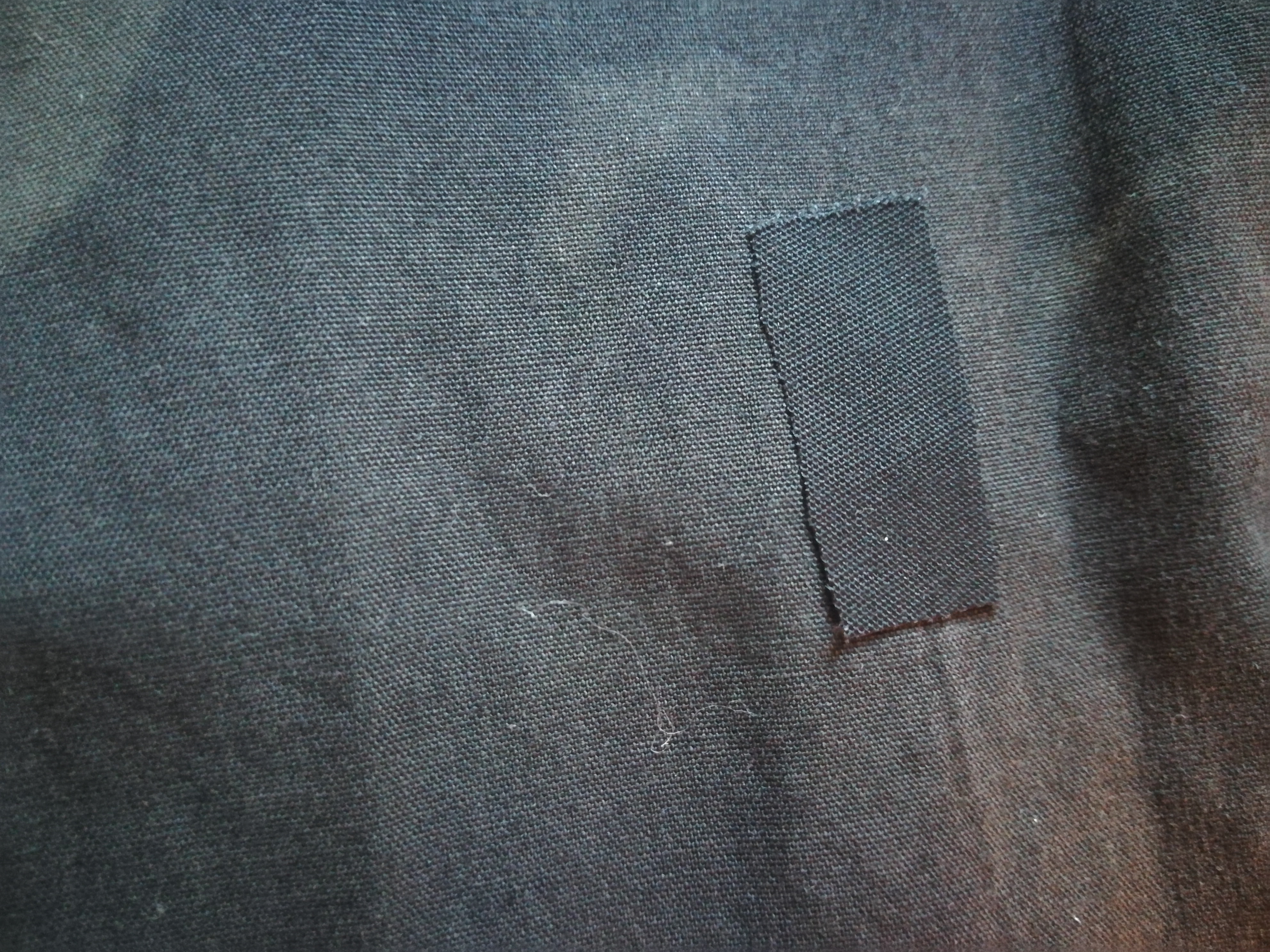 Tagliamo un rettangolo di cotone nero che abbia una superficie sufficiente a coprire lo strappo e applichiamola nella parte interna del grembiule.
Tagliamo un rettangolo di cotone nero che abbia una superficie sufficiente a coprire lo strappo e applichiamola nella parte interna del grembiule.
We cut a rectangle of black cotton that has enough surface area to cover the tear and apply it in the inside of the apron.
 Fermiamo la toppa a mano con ago e filo in modo che i punti rimangano visibili solo nel rovescio.
Fermiamo la toppa a mano con ago e filo in modo che i punti rimangano visibili solo nel rovescio.
We stop the patch by hand with needle and thread so that the points remain visible only in the reverse.
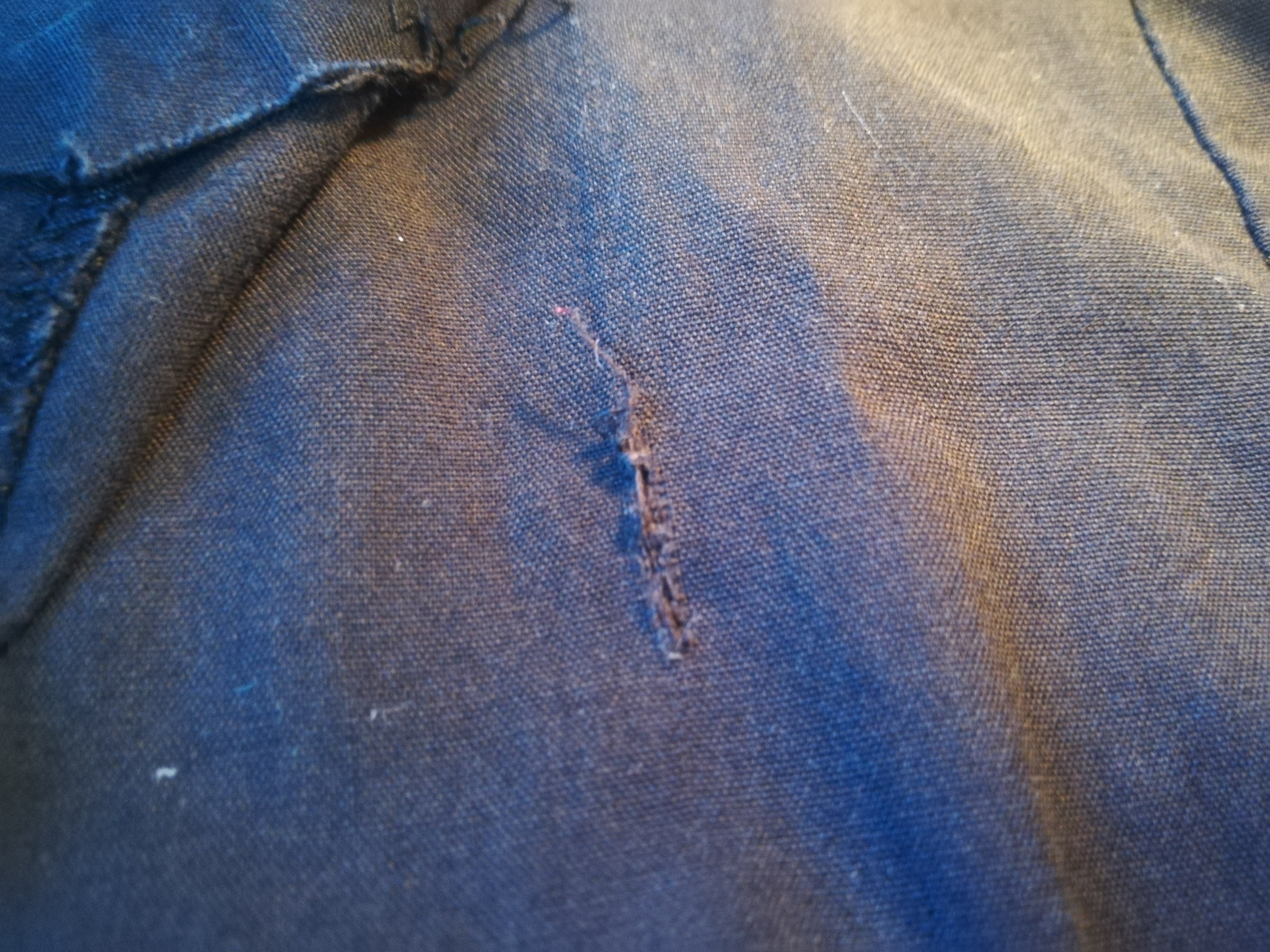 Sul davanti i punti devono essere quasi invisibili.
Sul davanti i punti devono essere quasi invisibili.
On the front the points must be almost invisible.
 Per fermare i fili dello strappo faccio una cucitura a zig zag e nella parte che rimane coperta dalla tasca faccio una cucitura dritta di rinforzo che passi sulla toppa retrostante.
Per fermare i fili dello strappo faccio una cucitura a zig zag e nella parte che rimane coperta dalla tasca faccio una cucitura dritta di rinforzo che passi sulla toppa retrostante.
To stop the threads of the tear I make a zigzag seam and in the part that remains covered by the pocket I make a straight seam of reinforcement that passes on the patch behind.
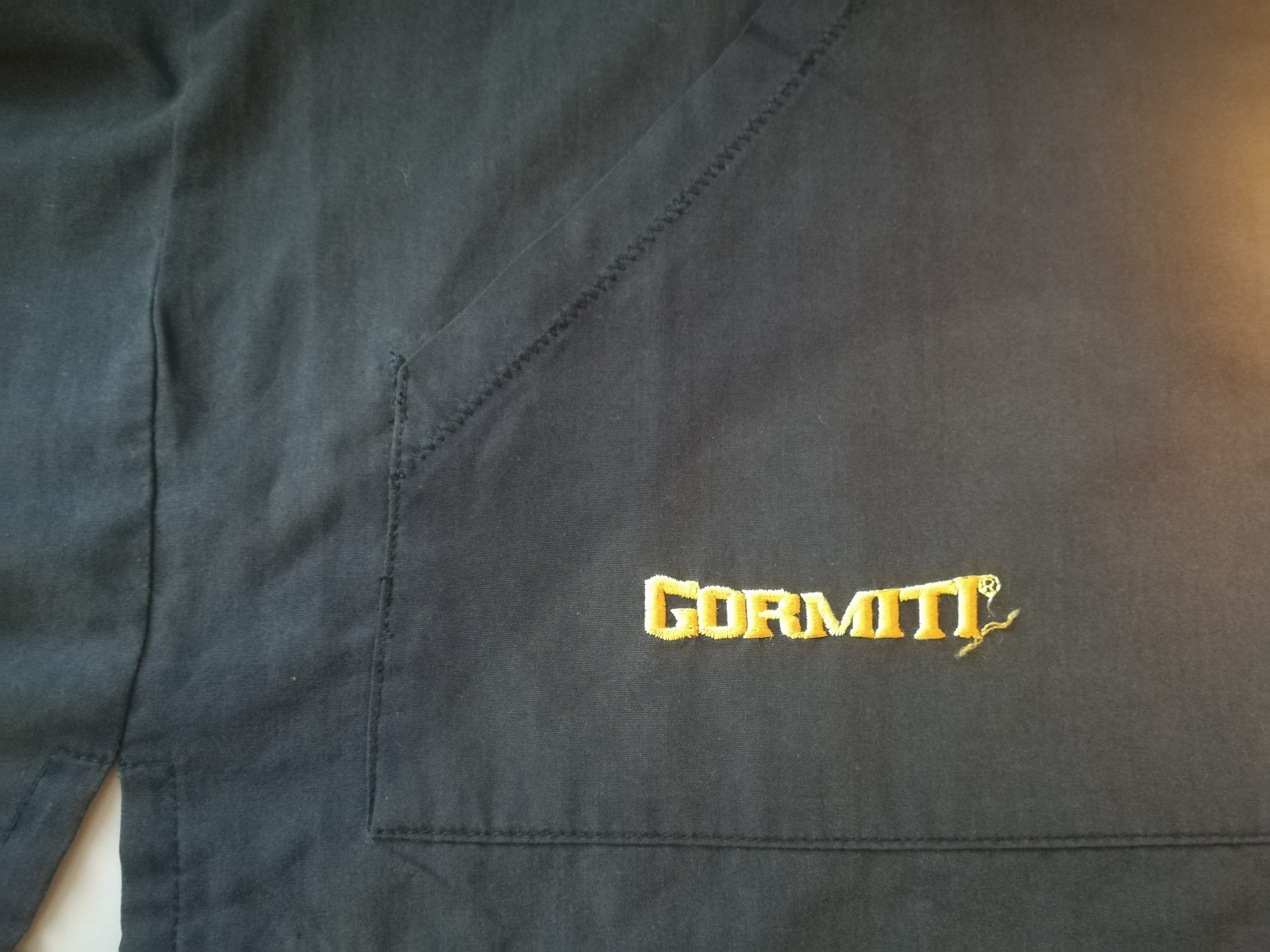 A questo punto cucio a macchina la tasca al suo posto con il punto dritto e la riparazione è terminata. Controllare sempre di aver tagliato tutti i fili in eccedenza.
A questo punto cucio a macchina la tasca al suo posto con il punto dritto e la riparazione è terminata. Controllare sempre di aver tagliato tutti i fili in eccedenza.
At this point iating the pocket in its place with the point straight and the repair is finished. Always check that you have cut all excess wires.
Riparazioni di una tasca scucita.
Repairs of a squid pocket.
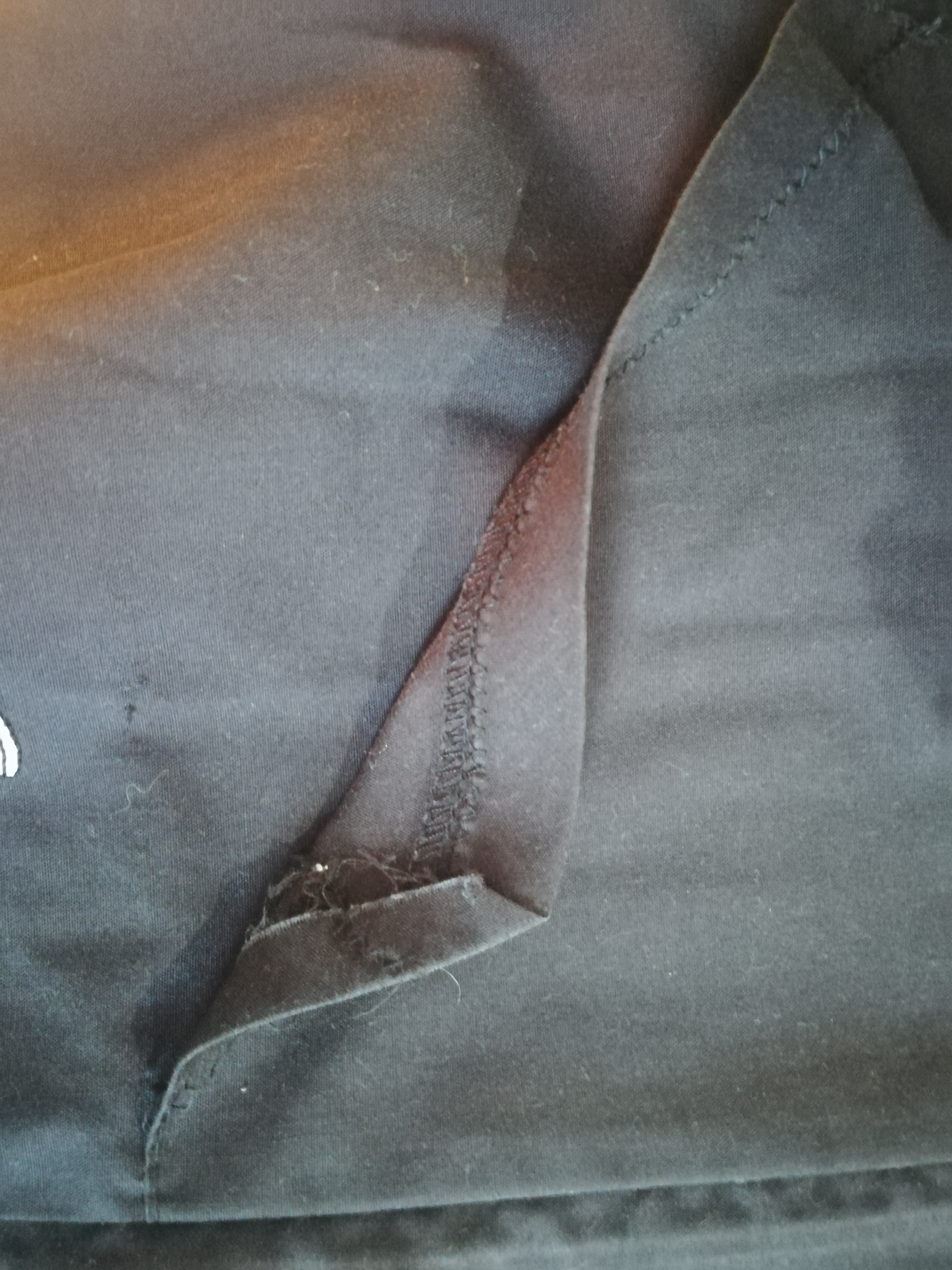 Qui sarà sufficiente fermare la tasca nella sua posizione con un’imbastitura o con degli spilli (per le più pratiche semplicemente tenendo fermo il tessuto con le mani).
Qui sarà sufficiente fermare la tasca nella sua posizione con un’imbastitura o con degli spilli (per le più pratiche semplicemente tenendo fermo il tessuto con le mani).
Here it will be enough to stop the pocket in its position with a basting or with pins (for more practices simply by holding the fabric still with your hands).
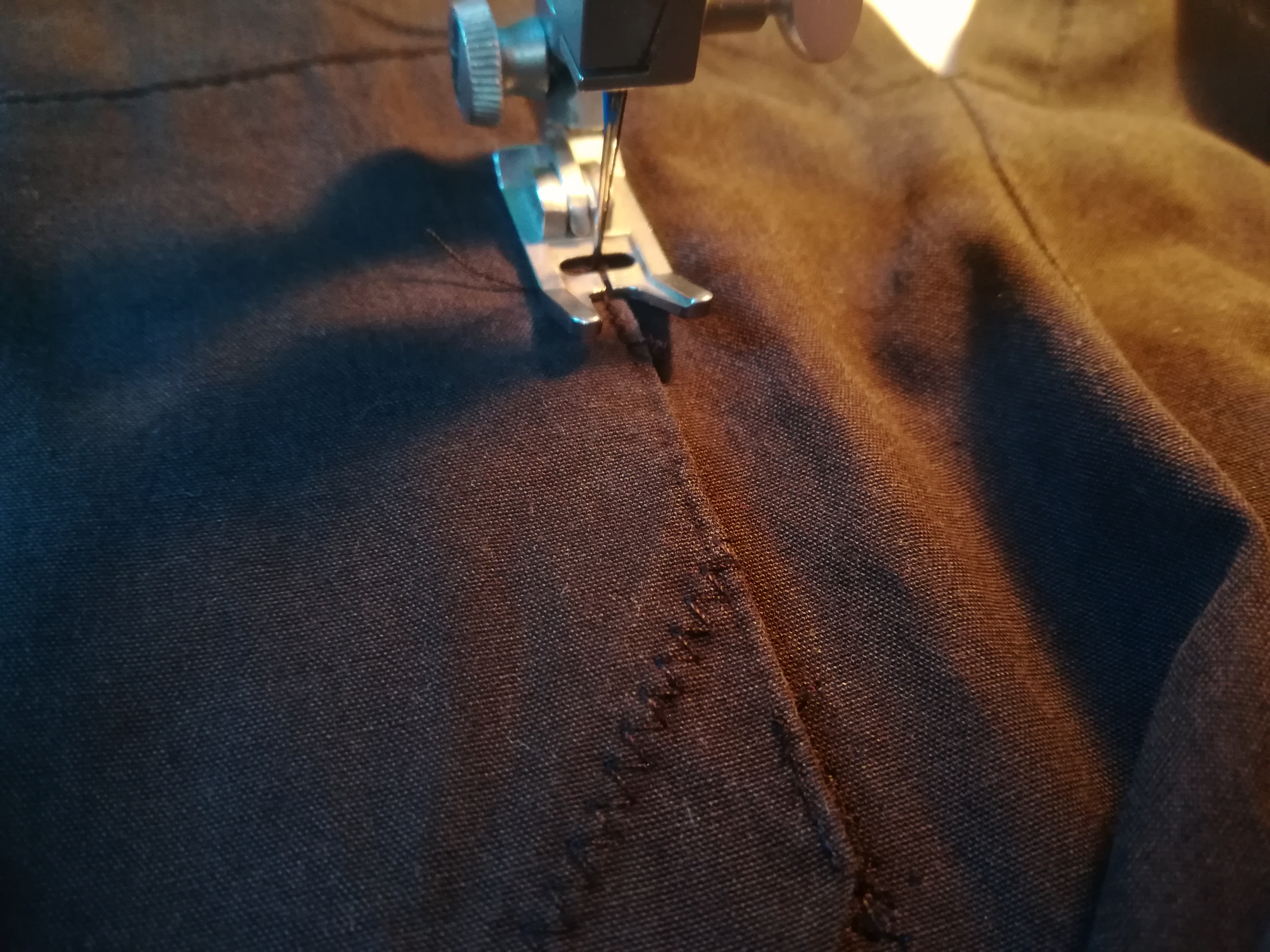
Buon lavoro!
Good luck with your work!
